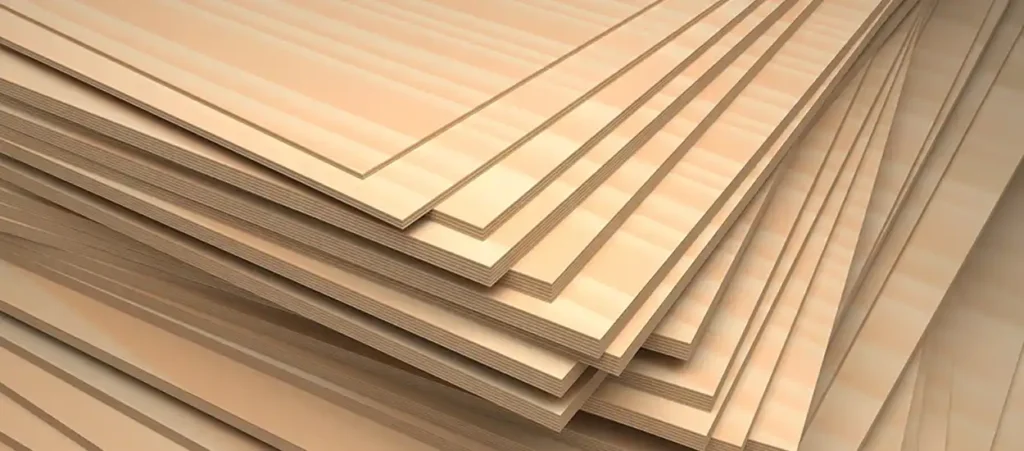Plywood is a fundamental building material used in everything from furniture to flooring, but choosing the right thickness and size can make or break your project. Whether you’re a DIY enthusiast or a professional contractor, this guide will help you understand standard plywood dimensions, their best uses, and how to select the perfect sheet for your needs.
1. Standard Plywood Thicknesses and Their Uses
Plywood comes in various thicknesses, each suited for different applications:
Common Plywood Thicknesses
1/4″ (6mm) – Best for crafts, cabinet backs, and paneling.
3/8″ (9.5mm) – Used for drawer bottoms, lightweight furniture, and decorative projects.
1/2″ (12mm) – Ideal for shelving, cabinet boxes, and wall sheathing.
5/8″ (15mm) – Common for subfloors, roofing, and structural work.
3/4″ (18mm) – The go-to for heavy-duty furniture, workbenches, and flooring.
Pro Tip: Thicker plywood (3/4″+) provides better stability and load-bearing capacity, while thinner sheets (1/4″) are great for lightweight applications.

2. Standard Plywood Sheet Sizes (US & Metric)
Plywood is typically sold in 4′ x 8′ sheets (1220mm x 2440mm), but other sizes are available:
Common Sheet Sizes
4′ x 8′ (1220mm x 2440mm) – Most widely available, used in construction and furniture.
4′ x 4′ (1220mm x 1220mm) – Smaller panels for DIY projects and easy transport.
5′ x 5′ (1500mm x 1500mm) – Often used in European cabinetry.
Custom Sizes – Some suppliers offer cut-to-order sheets for unique projects.
Note: Always check local availability, as sizes may vary by region.
3. How to Choose the Right Plywood Size & Thickness
Selecting the best plywood depends on three key factors:
A. Project Requirements
Furniture & Cabinets: 1/2″ to 3/4″ for durability.
Flooring & Roofing: 5/8″ or 3/4″ for strength.
Decorative Panels: 1/4″ or 3/8″ for lightweight use.
B. Load-Bearing Needs
Heavy Loads (Shelving, Tables): 3/4″ plywood.
Lightweight (Backing, Crafts): 1/4″ or 3/8″.
C. Cutting & Handling Considerations
Thinner plywood (1/4″) is easier to cut but less sturdy.
Thicker plywood (3/4″) requires stronger tools but offers better upport.
Pro Tip: If unsure, go slightly thicker—it’s easier to sand down excess than reinforce weak plywood.
Choosing the right plywood thickness and size ensures your project is strong, durable, and cost-effective. Remember:
Thinner sheets (1/4″-3/8″) = lightweight projects.
Medium thickness (1/2″-5/8″) = cabinets, shelving.
Thick plywood (3/4″) = heavy-duty construction.
Need help sourcing plywood? Check our supplier recommendations or ask questions below!

